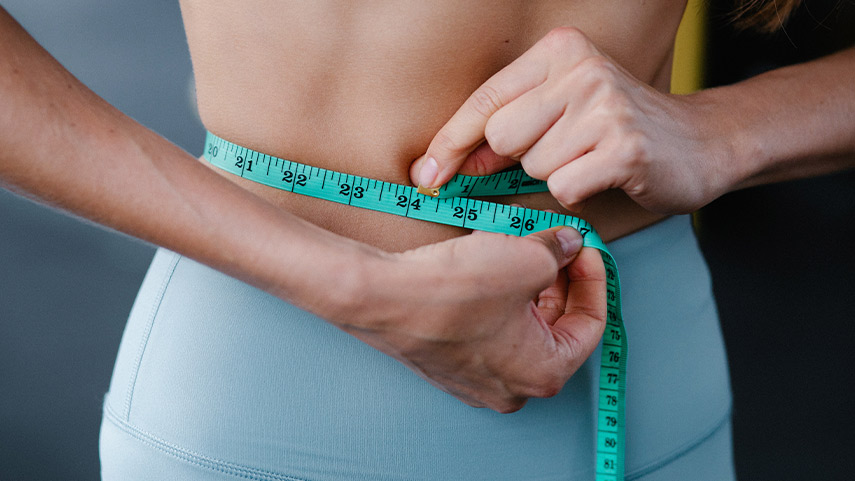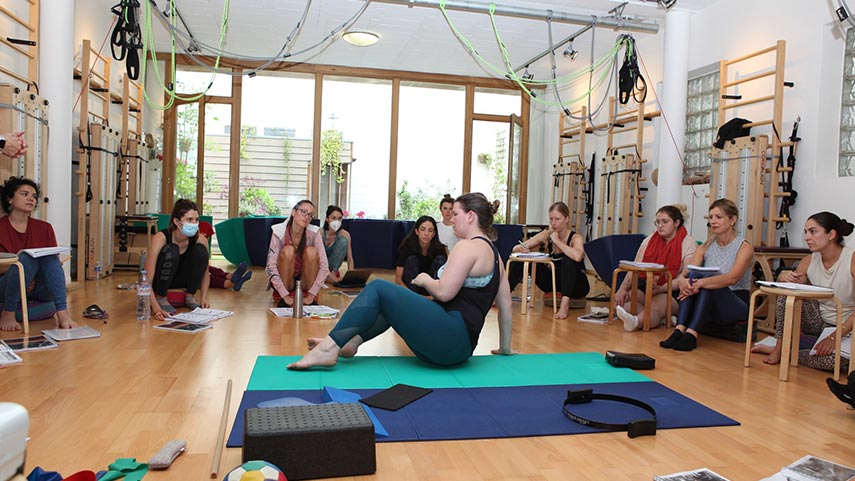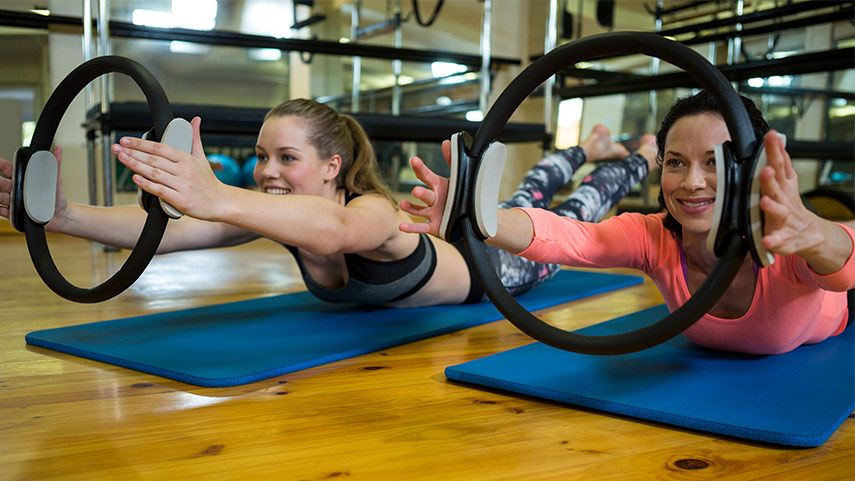Pilates for Weight Loss: Does It Really Work?
Pilates has gained immense popularity over the years, but many people still wonder if it helps with weight loss. While it may not be as intense as CrossFit or HIIT, Pilates has proven to be an effective method for building strength, improving posture, and toning the body. But can it actually help you burn fat and shed extra pounds? The answer is yes – but with a few important factors to consider.
Pilates focuses on deep core engagement, controlled movements, and breathwork. It doesn’t rely on high-impact exercises or heavy lifting, yet it still activates muscles in a way that promotes long-term fat loss. Unlike traditional gym workouts, which emphasize isolated muscle training, Pilates works the entire body as one unit. This leads to a leaner, more sculpted physique over time.
Many people who practice Pilates regularly notice changes in their body composition. It may not show immediate results on the scale, but it helps tone muscles and improve metabolism. Since Pilates engages deep stabilizing muscles, it encourages a strong, balanced posture, which can make you look taller, leaner, and more confident.
How Many Calories Can You Burn with Pilates?
The number of calories burned during a Pilates session depends on the type and intensity of the workout. A beginner mat Pilates class burns around 170 to 250 calories per hour, while an advanced class or reformer Pilates can burn between 300 and 450 calories. If weight loss is your main goal, combining Pilates with cardio workouts like running, swimming, or cycling can help maximize calorie burn.
One of the reasons Pilates is effective for weight loss is that it builds lean muscle mass. Unlike heavy weightlifting, which can cause bulky muscle growth, Pilates strengthens and lengthens muscles at the same time. Since muscle tissue burns more calories than fat, increasing muscle mass through Pilates can naturally boost metabolism and help the body burn fat more efficiently.
Another benefit of Pilates is that it helps reduce stress levels. Stress plays a major role in weight gain, particularly around the midsection, due to increased cortisol levels. The mindful nature of Pilates, combined with deep breathing techniques, helps regulate stress hormones and promotes a sense of relaxation. This can prevent emotional eating and cravings, making it easier to maintain a healthy diet.
Pilates Before and After: What to Expect
People who commit to a regular Pilates practice often see noticeable changes in their body within a few weeks. The most common results include a stronger core, improved flexibility, better posture, and increased muscle tone. Unlike traditional workouts that can lead to stiff, tight muscles, Pilates promotes long, lean muscle development.
One of the biggest transformations comes from increased body awareness. Pilates teaches people to engage their muscles correctly and move with control. This carries over into daily life, making everyday movements more efficient and reducing the risk of injury. Many people who start Pilates notice that they stand taller, experience fewer aches and pains, and feel more connected to their bodies.
Although Pilates may not deliver rapid weight loss results like extreme dieting or high-intensity workouts, it creates sustainable, long-term changes. The key is consistency. Practicing Pilates three to five times per week, along with a balanced diet and a mix of cardio exercise, can lead to visible body transformation.
How Often Should You Do Pilates for Weight Loss?
The frequency of Pilates workouts depends on personal fitness goals. For beginners, two to three sessions per week are enough to build strength and develop proper technique. If weight loss is a priority, four to five sessions per week are recommended, combined with other forms of exercise like walking, cycling, or swimming.
Pilates can be done daily since it is a low-impact workout that doesn’t strain the joints. However, variety is important to avoid plateaus. Mixing up different Pilates styles – such as mat Pilates, reformer Pilates, or even incorporating resistance bands – can help keep workouts challenging and effective.
In addition to weight loss, Pilates improves overall health by enhancing circulation, reducing back pain, and increasing mobility. Unlike high-impact sports that can lead to joint problems over time, Pilates is gentle on the body, making it a great long-term fitness choice.
Does Pilates Count as Strength Training?
Many people wonder if Pilates is considered strength training. While it may not involve lifting heavy weights, Pilates does build muscular strength and endurance. Exercises like planks, leg lifts, and reformer movements challenge the muscles using body weight and controlled resistance.
Pilates strengthens the core, arms, legs, and glutes while improving flexibility. This makes it a great complement to traditional strength training. Some athletes and fitness enthusiasts combine Pilates with weightlifting to improve muscle balance, prevent injuries, and enhance athletic performance.
For those who prefer a leaner, toned look rather than bulk, Pilates is an excellent alternative to conventional strength training. It focuses on controlled, precise movements that create long, defined muscles without adding excess bulk.
Is Pilates Good for Fat Loss?
Pilates is not a quick fix for weight loss, but it plays a valuable role in fat loss by increasing muscle tone, improving posture, and boosting overall body strength. When paired with a healthy diet and regular cardio workouts, Pilates can help accelerate fat burning and body transformation.
Another key benefit is its ability to target stubborn areas like the lower belly, hips, and thighs. Many Pilates exercises focus on deep core engagement, which helps tighten the waistline and improve overall body shape. Since Pilates works multiple muscle groups at once, it provides an efficient workout that burns calories while sculpting the body.
Conclusion
Pilates is a highly effective workout for building strength, improving flexibility, and supporting weight loss. While it may not be as intense as traditional strength training or cardio workouts, it offers long-term benefits that go beyond the scale. By increasing muscle tone, improving posture, and promoting better movement, Pilates helps create a leaner, stronger body.
For those looking to lose weight, combining Pilates with a balanced diet and other forms of exercise can maximize results. The key is consistency – practicing Pilates regularly can lead to lasting changes in both physical appearance and overall well-being.
Corpus Studios™ is where movement meets transformation. Pilates here isn’t just about exercise – it’s about building strength, finding balance, and unlocking your body’s full potential. Whether the goal is to sculpt a leaner figure, improve flexibility, or boost overall well-being, every session is designed to challenge and support. Step onto the mat, engage your core, and feel the difference Pilates can make – not just in the way you look, but in the way you move and live.





